We may earn money or products from the companies mentioned in this post. This means if you click on the link and purchase the item, I will receive a small commission at no extra cost to you ... you're just helping re-supply our family's travel fund.
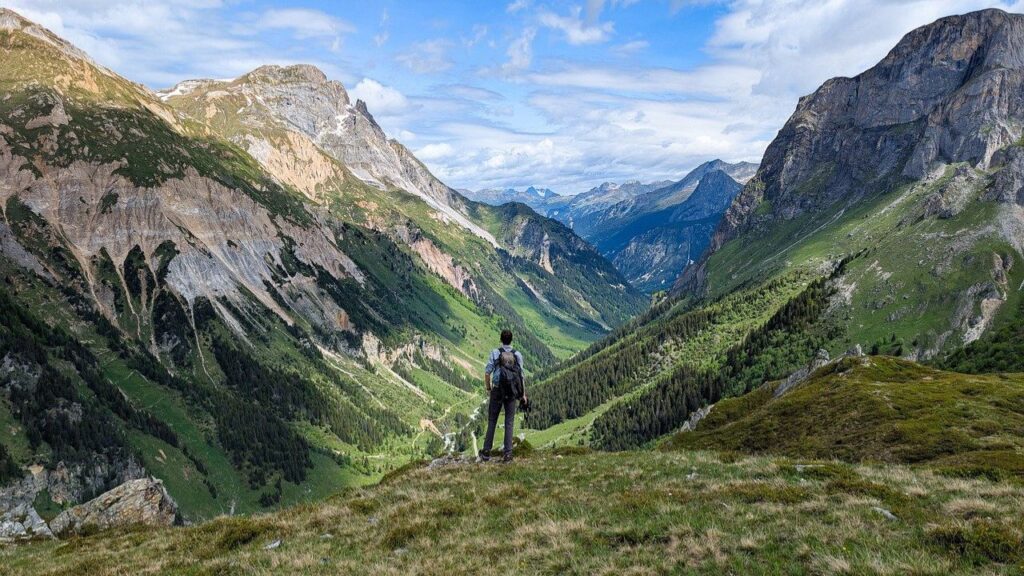
You travel to our national parks to connect with something real, something wild and untamed. The rules you find there are not meant to diminish that feeling, but to protect it for everyone. They are a shared agreement, a way of ensuring that these incredible landscapes remain pristine and that we can all experience them safely. But some rules are so commonly ignored that they risk damaging the very soul of these places, often with consequences we never intended.
1. Stepping Off the Trail for a Photo
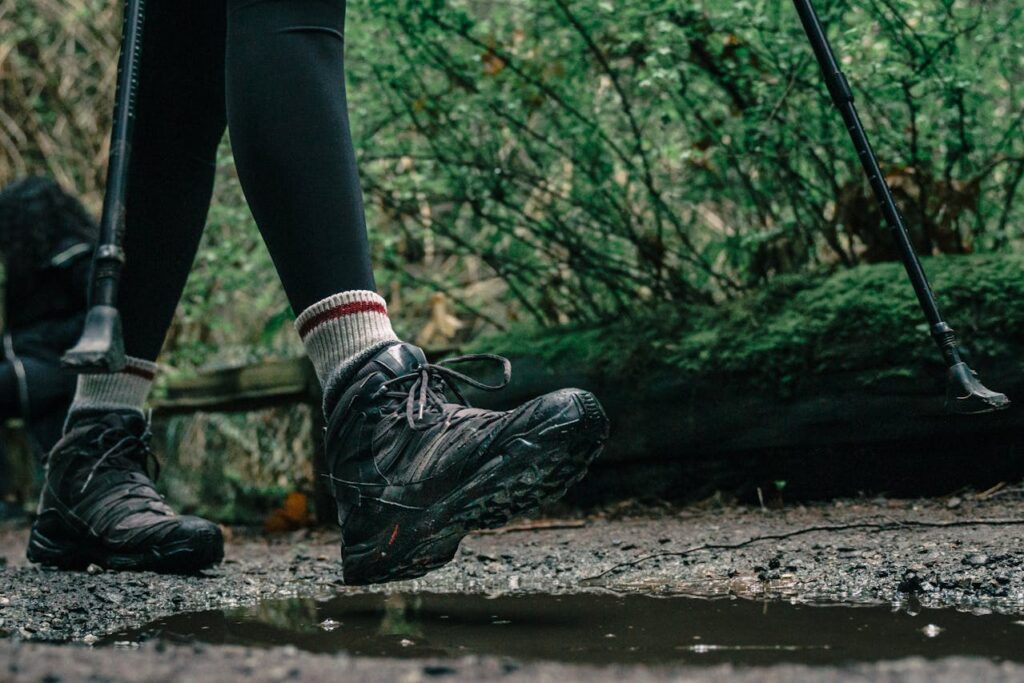
The lure of an unobstructed photo is strong, but a single footstep off the trail can cause decades of damage. Fragile alpine meadows and cryptobiotic soils are incredibly delicate, and when you step on them, you create a “social trail.” This invites others to follow, leading to permanent erosion scars on the landscape. The trail exists to concentrate our impact. By staying on it, you protect the very wilderness you came to capture in your photograph.
2. Feeding the Wildlife, Even Accidentally

You know not to hand a squirrel your trail mix, but what about the orange peel you toss or the crumbs left by your picnic blanket? Any human food, intentionally or accidentally provided, habituates wild animals. It teaches them to see humans as a food source, making them bold and aggressive. An animal that loses its natural fear of people is a danger to itself and others, and park rangers are often forced to destroy it. Pack it in, pack it all out.
3. Getting Dangerously Close to Animals
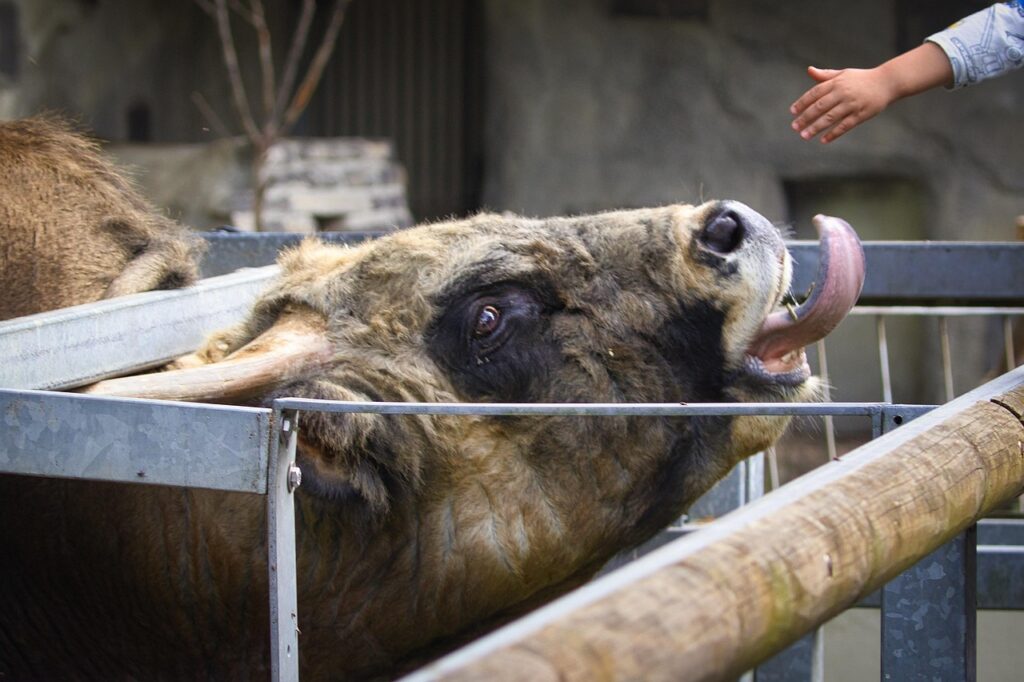
A bison might look like a slow, placid cow from a distance, but it can outrun you and is armed with horns. The park’s distance requirements are not arbitrary; they are your margin of safety. Use a zoom lens for that incredible shot. A good rule of thumb is that if you can’t cover the entire animal with your thumb held at arm’s length, you are too close. Respect their space, understand their power, and remember you are a guest in their home.
4. Building Your Own Rock Cairns

Those artistic stacks of stones you see are called cairns, and in many parks, they serve a vital purpose as official trail markers. When you build your own, you are creating a false signal. In fading light or bad weather, your bit of fun could confuse another hiker and lead them into a dangerous, off-trail situation. Leave the rock stacking to the park rangers and embrace the Leave No Trace principle of leaving the landscape exactly as you found it.
5. Taking Natural Souvenirs

That beautiful river stone, piece of weathered wood, or colorful feather belongs to the ecosystem. A fallen log provides shelter for small creatures and nutrients for the soil. A rock can protect a fragile seedling. If every one of the millions of visitors took just one small thing, the park would be fundamentally altered. Take photos, take memories, but leave every piece of the park where it lies for the next person and the next generation to discover.
6. Playing Music on a Speaker
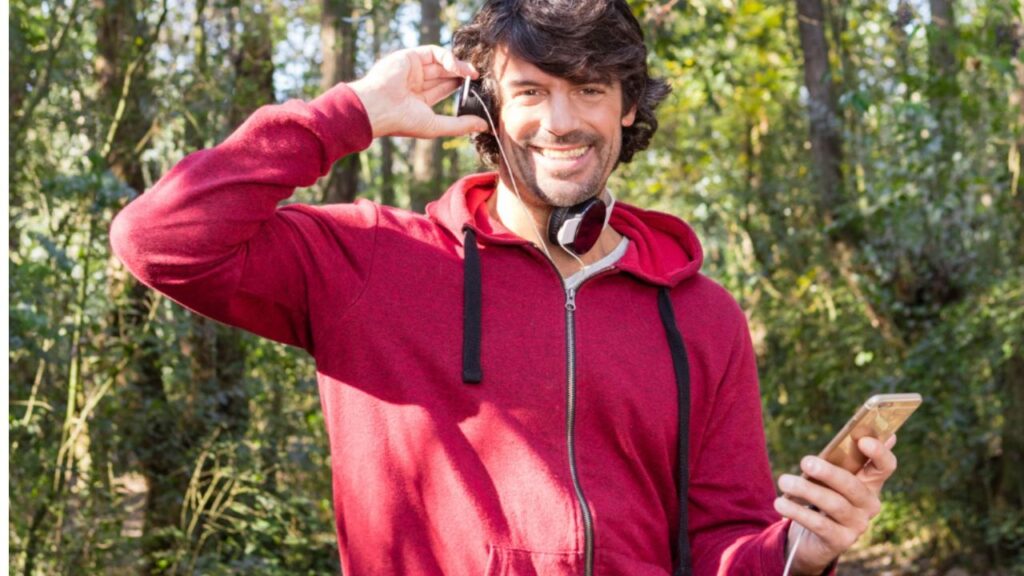
People travel to wild places to experience the sounds of nature: the wind in the pines, a bird’s call, the profound quiet. Blasting music from a speaker destroys that shared experience. It intrudes on the peace everyone else is seeking and can prevent you and others from hearing important sounds, like an approaching animal or another hiker in need of help. If music is essential to your hike, please use earbuds.
7. Hogging a Popular Viewpoint
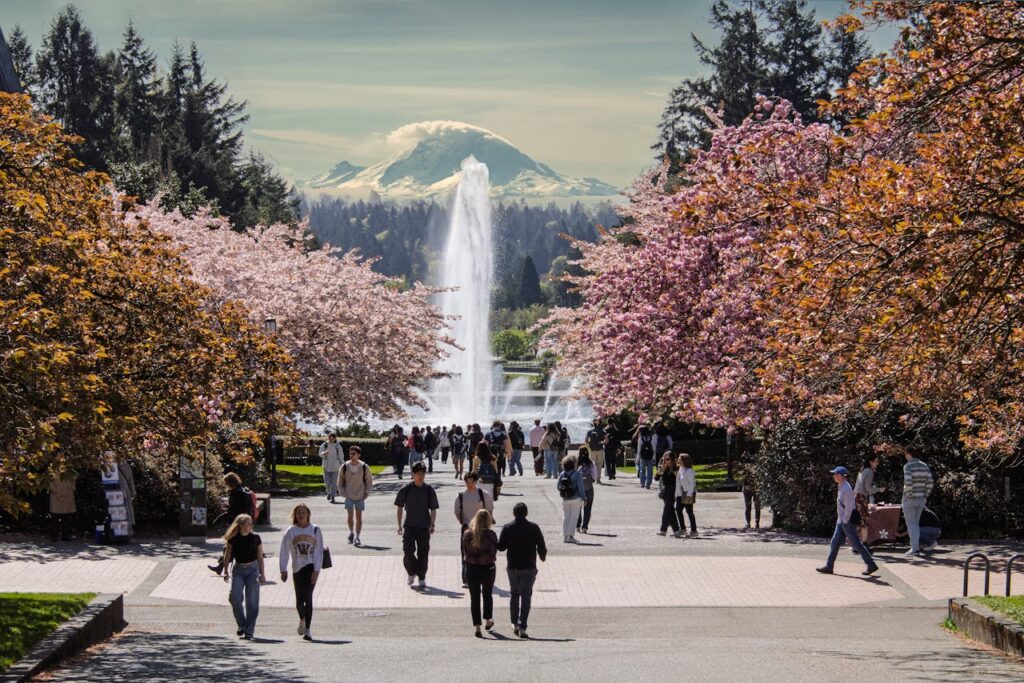
You have hiked for hours to reach that iconic summit, and you deserve to soak it in. But so does everyone else who made the journey. Be mindful of the limited space and the desire of others to have their own moment with the view. Take your photos, have a seat and enjoy the scenery, but be self-aware. Don’t set up a personal photo shoot or picnic in the prime spot. The experience is communal, and sharing it gracefully is part of the beauty.
8. Flying a Drone Illegally
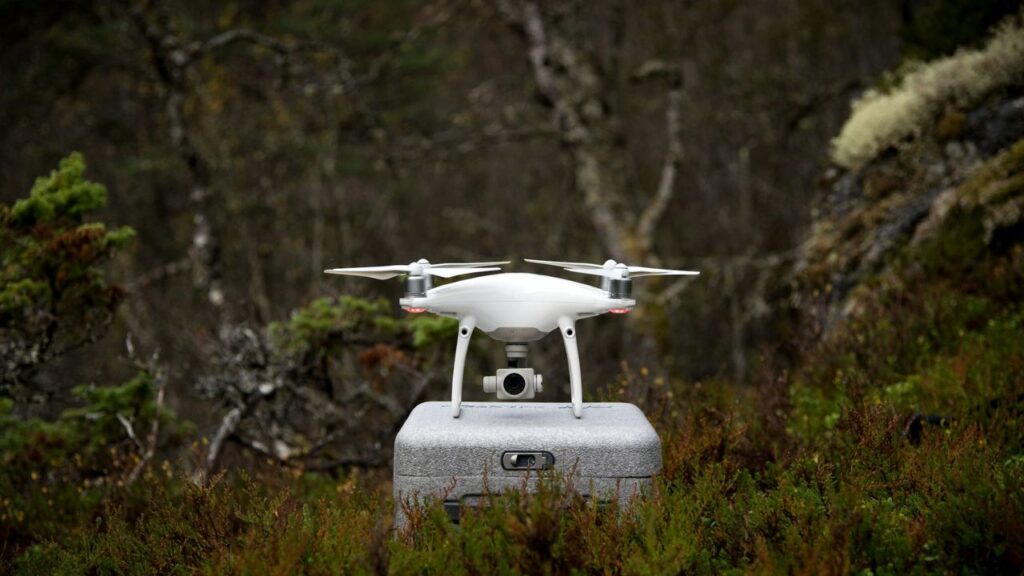
Drones are prohibited in most national parks for critical reasons. To wildlife, the sound and shape of a drone can mimic a bird of prey, causing extreme stress to nesting birds and young animals. For other visitors, the loud buzzing shatters the peace and quiet of the wilderness. And in dry conditions, a drone crash involving a lithium battery could easily spark a catastrophic wildfire. Leave the flying to the eagles.
9. Ignoring Trail Closures and Warnings
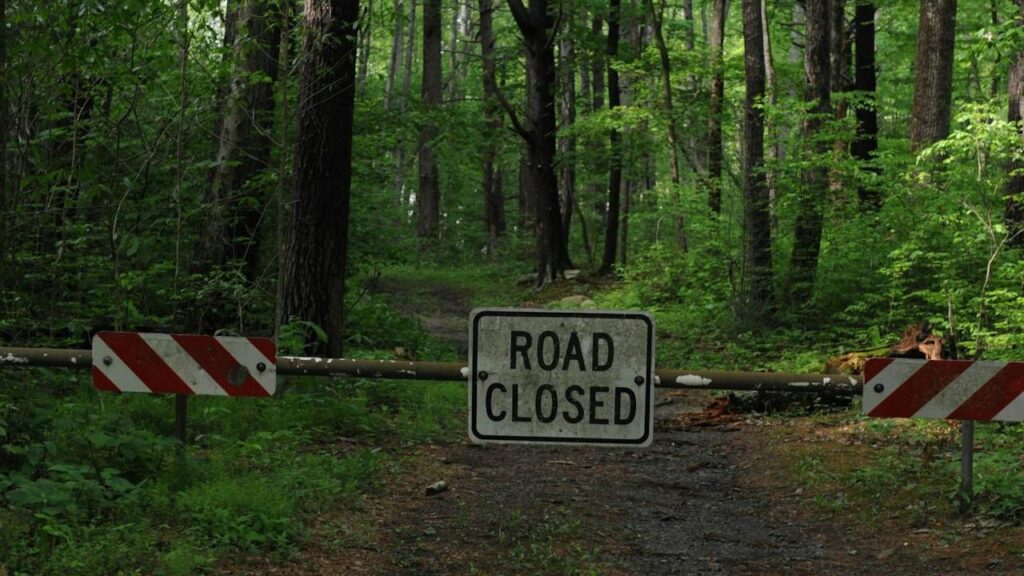
A sign at a trailhead indicating a closure is not a suggestion. Rangers close trails for serious safety reasons: unstable terrain, rockfall danger, flooding, or aggressive wildlife encounters. When you ignore that warning, you are not only putting yourself in extreme peril, but you are also risking the lives of the search and rescue teams who will have to come in after you. Trust their expertise. They know the park better than you do.
10. Going Out Unprepared for the Conditions
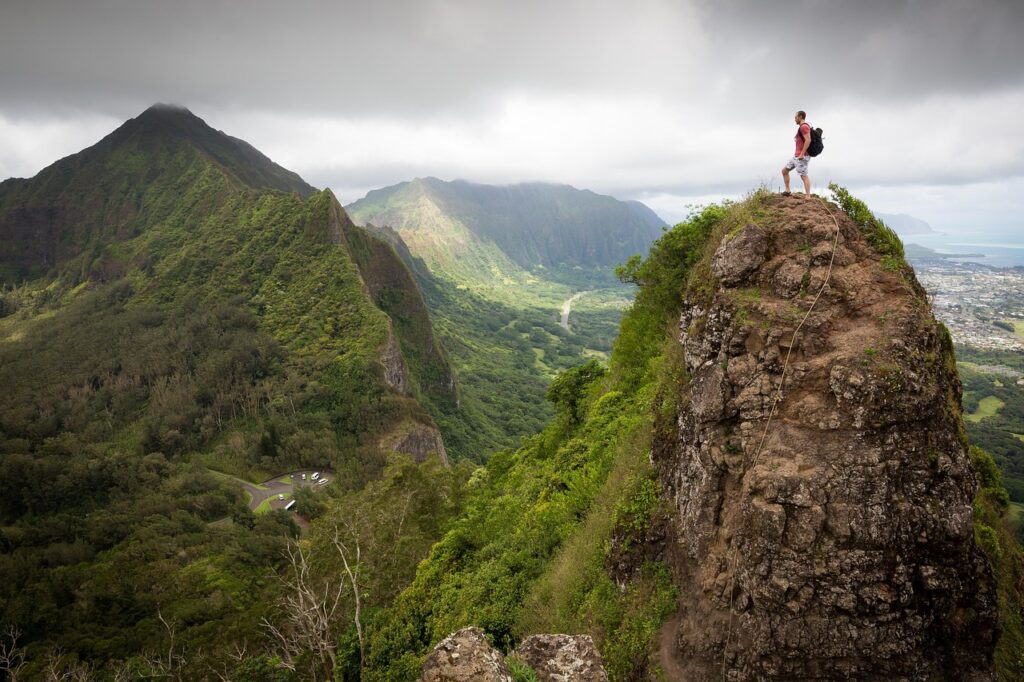
The weather at the base of a mountain is rarely the weather at the summit. Underestimating the power and speed of mountain weather is one of the most common ways hikers get into serious trouble. A sunny morning can turn into a freezing, high-wind afternoon in minutes. Carrying the ten essentials, including extra layers, a headlamp, and sufficient food and water, is not about planning to fail. It is about having the tools to guarantee your survival.
11. Assuming Your Dog Is Allowed Everywhere
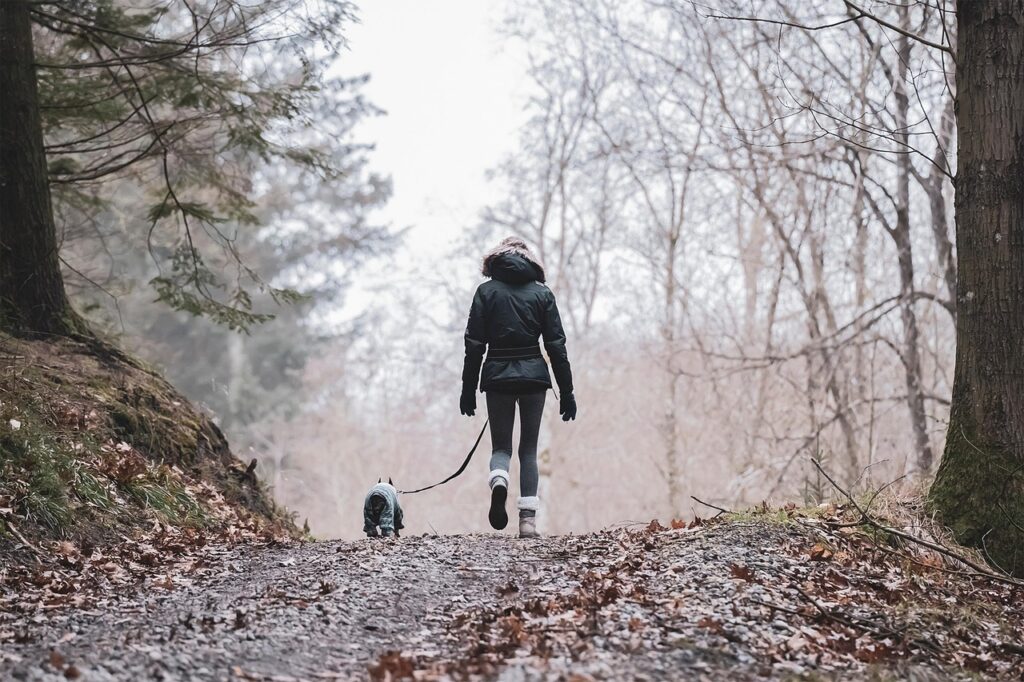
We love our canine companions, but national parks are not always the right place for them. Most backcountry trails are off-limits to dogs to protect the park’s wildlife, which can be disturbed or feel threatened by a dog’s presence. A dog’s waste can also introduce non-native pathogens. Before you go, check the park’s specific pet policy, known as B.A.R.K. rules, to find the designated areas where your furry friend is welcome.
12. Not Yielding on the Trail
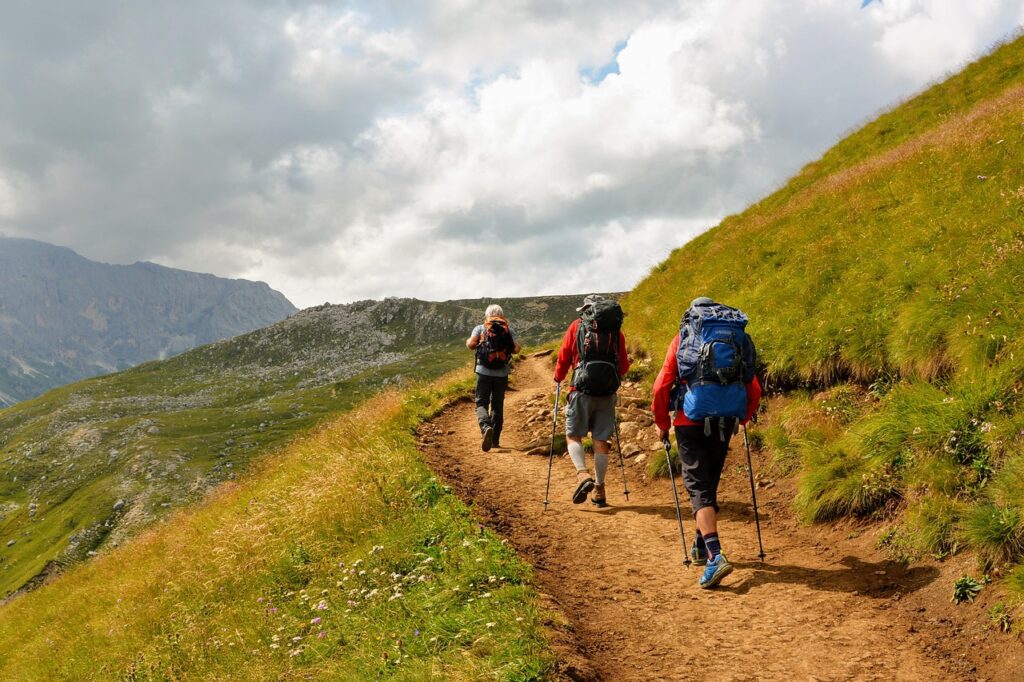
Trail etiquette is a simple dance of courtesy. The universal rule is that hikers moving uphill have the right of way. They are working harder and have momentum on their side, so it is easier for a downhill hiker to step aside. When passing from behind, a friendly “on your left” gives the person ahead of you a clear signal. These small gestures of respect ensure the trail is a pleasant, shared space for everyone.